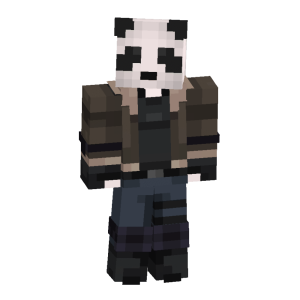Cuban Empire
| |||||||||||||||||||||||||||||||||||||||||||||||||||||||||||||||||||||||||||||||||||||
Empire of Cuba
The Empire of Cuba was a major island nation during Version 6 of EarthPol, founded and led by MrTytanic. It rose from democratic ideals into a centralized empire, ultimately becoming one of the largest and most economically influential powers in the Western Hemisphere.
History
Founding and Democratic Era
Cuba began as a **democratic republic**, boasting a **bicameral parliament** with a five-member Senate, five-member House, and MrTytanic as the tiebreaker. Its early politics focused on post-SPQM regional recovery and cautious diplomacy.
Imperial Coup and Transformation
After frustrations with the parliament’s refusal to expand following the collapse of SPQM, MrTytanic **overthrew the legislature in a private coronation ceremony**, declaring himself Emperor. The **population was initially indifferent**, but **welcomed the economic growth and stability** that followed.
Expansion and Economic Boom
Under Emperor MrTytanic’s rule, Cuba annexed **former SPQM towns** and established **colonies**. Inspired by **Roman imperial systems**, Cuba **funneled resources from the provinces to the capital**, Havana. Its **automated cactus farm** and **the Cuban Corner shop** became cornerstones of its economic success.
Geopolitics and Military Affairs
Cuba allied with **Cascadia**, and briefly joined Vespa in opposition to **Homestead**, participating in **siege warfare** and **Cold War tensions**. It remained diplomatically active, balancing alliances while expanding colonial influence.
Decline and End of V6
As server activity waned, Cuba was **the last nation to go bankrupt**, signaling the effective end of V6. Despite this, its legacy as one of the most resilient and ambitious nations of the version endured.
Government
Cuba transitioned from a **parliamentary republic** to an **absolute monarchy** under **Emperor MrTytanic**. The **Imperial Council** served as an informal advisory group, but all executive, legislative, and military powers ultimately rested with the emperor.
Economy
Cuba's economy blended **capitalist elements with centralized control**. Key features included:
- The **Cuban Corner**, a popular shop in Havana.
- An **automated cactus farm** that generated massive revenue.
- Colonial tribute systems that modeled **Roman-style resource extraction**.
Military
Cuba’s military was modest but strategically deployed, participating in:
- **Defensive operations** in former SPQM areas.
- **Colonial control** and protection.
- **Sieges against Homestead** during alliance conflicts.
Notable Infrastructure
- **The Cuban Corner** – A thriving shop and trade hub.
- **Imperial Palace in Havana** – The administrative and symbolic heart of the empire.
- **Automated Cactus Farm** – The economic engine of Cuba.
Notable Figures
- **MrTytanic** – Founder, President, and later Emperor of Cuba. Known for his assertive leadership and imperial reforms.
Culture and Legacy
Cuban culture celebrated **glory, order, and economic growth**. While lacking formal religion or festivals, the state emphasized prosperity and strength. Its legacy lives on as a model of rapid development, centralized governance, and strategic adaptability.
Diplomacy
Cuba maintained a **strategic alliance with Cascadia**, and temporarily sided with **Vespa**. Its foreign policy shifted from cooperative democracy to **imperial pragmatism**, focusing on control and economic leverage.
Maps
Maps from V6 display Cuba's:
- Capital in **Havana**
- Annexed **SPQM towns**
- **Colonial holdings** throughout the Caribbean
Other Recommended Headings
- Political Affiliation: Founding member of the Cascadia-Cuba Alliance; briefly aligned with Vespa.
- Economics: Mixed economy; centralized control of provincial output, major trade activity through Havana.
